-
 Bitcoin
Bitcoin $118400
0.47% -
 Ethereum
Ethereum $3836
2.20% -
 XRP
XRP $3.157
2.98% -
 Tether USDt
Tether USDt $0.9999
-0.03% -
 BNB
BNB $801.5
1.31% -
 Solana
Solana $180.9
2.07% -
 USDC
USDC $0.9999
-0.02% -
 Dogecoin
Dogecoin $0.2225
2.50% -
 TRON
TRON $0.3285
-1.02% -
 Cardano
Cardano $0.7789
2.60% -
 Hyperliquid
Hyperliquid $43.60
2.39% -
 Sui
Sui $3.892
4.41% -
 Stellar
Stellar $0.4229
3.34% -
 Chainlink
Chainlink $18.01
3.98% -
 Hedera
Hedera $0.2745
6.77% -
 Bitcoin Cash
Bitcoin Cash $582.3
3.38% -
 Avalanche
Avalanche $23.77
1.04% -
 Ethena USDe
Ethena USDe $1.001
0.01% -
 Toncoin
Toncoin $3.493
3.59% -
 Litecoin
Litecoin $110.0
2.48% -
 UNUS SED LEO
UNUS SED LEO $8.936
-0.37% -
 Shiba Inu
Shiba Inu $0.00001304
2.49% -
 Uniswap
Uniswap $9.999
1.09% -
 Polkadot
Polkadot $3.897
3.26% -
 Monero
Monero $308.6
-0.83% -
 Dai
Dai $0.9999
-0.01% -
 Bitget Token
Bitget Token $4.504
-0.04% -
 Pepe
Pepe $0.00001154
2.95% -
 Cronos
Cronos $0.1471
3.06% -
 Ethena
Ethena $0.6691
19.53%
Is the sideways movement after CCI breaks through +100 to accumulate strength or reach the top?
After a CCI breakout above +100, sideways movement may signal either strength accumulation or a potential top—confirm with volume, candlesticks, and trend context.
Jul 29, 2025 at 06:14 pm
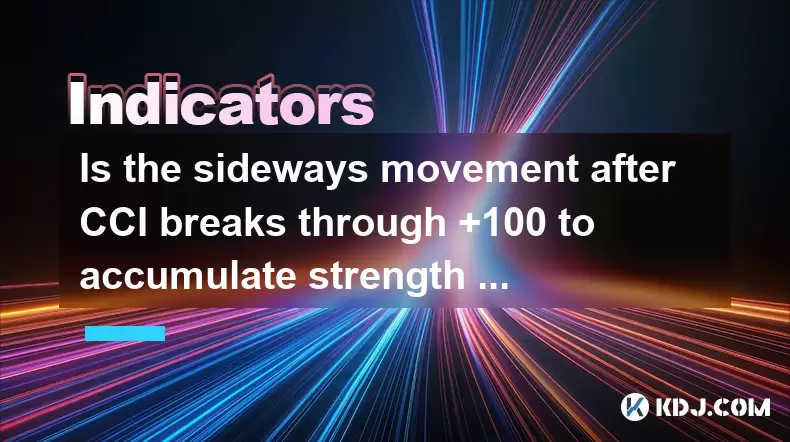
Understanding the CCI Indicator in Cryptocurrency Trading
The Commodity Channel Index (CCI) is a momentum-based oscillator widely used in cryptocurrency trading to identify overbought and oversold conditions. Typically ranging beyond +100 and -100 thresholds, the CCI helps traders assess the strength and direction of price movements. When the CCI breaks above +100, it generally signals the onset of a strong bullish momentum, indicating that the asset may be entering an overbought territory. However, what often follows this breakout is not a continuous upward surge, but rather a sideways consolidation phase. This movement raises a critical question: is this consolidation a buildup of strength for further upward movement, or does it signal exhaustion and an impending reversal?
The interpretation of this sideways action depends heavily on context—such as volume, market structure, and broader trend alignment. In trending markets, especially during strong bull runs, a CCI breakout above +100 followed by consolidation may reflect healthy profit-taking and position rebalancing rather than a loss of momentum. Traders should monitor whether the price remains above key moving averages and whether volume sustains during the consolidation.
Signs of Strength Accumulation During Sideways Movement
When the CCI remains above +100 and the price enters a sideways phase, several technical signals can indicate accumulation of strength:
- Price holds above key support levels, such as the 20-period or 50-period moving average
- Volume remains steady or increases slightly during consolidation, showing ongoing interest
- Smaller candles with tight ranges suggest market equilibrium and reduced selling pressure
- CCI does not fall back below +100, maintaining bullish momentum
In such cases, the sideways movement acts as a pause before continuation. Market makers and institutional traders may be accumulating positions during this phase, absorbing sell orders from short-term traders cashing out. This creates a stable base from which the next leg up can launch. For traders, this phase offers an opportunity to enter or add to long positions with tighter stop-loss placements just below the consolidation zone.
Indicators of a Potential Top Formation
Conversely, sideways movement after a CCI breakout can also signal the formation of a top, especially if accompanied by bearish divergence or weakening volume. Key red flags include:
- Bearish divergence between price and CCI, where price makes a higher high but CCI makes a lower high
- Declining volume during the consolidation, indicating lack of buying interest
- Price failing to break previous resistance levels despite multiple attempts
- CCI begins to roll over and approaches +100 from above, suggesting momentum is fading
These signs suggest that the upward momentum is stalling. The sideways action becomes a distribution phase, where large holders offload positions to retail buyers. In volatile cryptocurrency markets, such reversals can occur rapidly, especially if external factors like negative news or macroeconomic shifts coincide.
How to Use Volume and Candlestick Patterns for Confirmation
Volume analysis is crucial in distinguishing between accumulation and distribution during sideways phases. To perform a detailed assessment:
- Compare volume in the breakout candle to volume during consolidation; sustained or increasing volume supports continuation
- Look for volume spikes on down days within the range—this may indicate distribution
- Identify candlestick patterns such as doji, gravestone doji, or bearish engulfing patterns near resistance
For example, if a cryptocurrency like Bitcoin breaks CCI above +100 and then trades sideways between $62,000 and $64,000, observe the candles in that range. A series of doji candles with long upper wicks suggests rejection at higher prices. If these appear with rising volume on down moves, it strengthens the case for a top. Conversely, bullish hammers or inside bars with steady volume suggest accumulation.
Traders can use on-chain data to supplement this analysis. Metrics like exchange inflows, wallet activity, and funding rates provide deeper insight. High exchange inflows during consolidation may indicate profit-taking, while low funding rates suggest reduced leverage and lower risk of a long squeeze.
Practical Trading Strategy Using CCI and Price Action
To trade the post-CCI-breakout phase effectively, follow this step-by-step approach:
- Wait for the CCI to close above +100 on a 14-period setting (default)
- Mark the consolidation zone by identifying the high and low of the sideways movement
- Place a buy order slightly above the consolidation high if bullish signals dominate
- Set a stop-loss just below the consolidation low
- Use trailing stops if the price breaks out and starts trending
For short setups, consider:
- Shorting on rejection at the upper boundary of the range if bearish candlesticks form
- Confirm with CCI rolling back under +100
- Target the lower boundary or previous support
Use 1-hour or 4-hour charts for more reliable signals, as lower timeframes can generate false breakouts due to crypto volatility. Always combine CCI with support/resistance levels and moving averages to filter entries.
Common Misinterpretations of CCI Signals in Crypto
Many traders misinterpret CCI breakouts due to the unique behavior of cryptocurrency markets. One common mistake is assuming that CCI above +100 guarantees continued bullishness. In strong uptrends, CCI can remain above +100 for extended periods, making overbought readings misleading. Another error is ignoring multi-timeframe alignment—a breakout on the 1-hour chart may be insignificant if the daily CCI is still neutral.
Additionally, altcoins often exhibit exaggerated CCI swings due to low liquidity. A sudden spike above +100 on a low-cap coin may reflect a pump rather than sustainable momentum. Always verify with order book depth and trading volume before acting.
Frequently Asked Questions
Q: Can CCI stay above +100 during a downtrend?
Yes, in strong downtrends with sharp rallies, CCI may briefly exceed +100 during counter-trend bounces. However, if the broader trend remains bearish and price fails to sustain above key levels, the breakout is likely a short-lived correction, not a reversal.
Q: How long should I wait before acting on a sideways phase after CCI breakout?
There is no fixed duration. Monitor for at least 3–5 candles to confirm the range. Premature entries can lead to whipsaws. Wait for a decisive close outside the range with volume confirmation.
Q: Does CCI work the same across all cryptocurrencies?
No. High-volatility altcoins may generate frequent false signals due to pump-and-dump activity. CCI is more reliable for large-cap assets like Bitcoin and Ethereum with deeper liquidity and smoother price action.
Q: Should I use CCI alone or with other indicators?
Never rely solely on CCI. Combine it with volume, moving averages, and RSI for confirmation. For example, if CCI is above +100 and RSI is also rising, the bullish signal is stronger.
Disclaimer:info@kdj.com
The information provided is not trading advice. kdj.com does not assume any responsibility for any investments made based on the information provided in this article. Cryptocurrencies are highly volatile and it is highly recommended that you invest with caution after thorough research!
If you believe that the content used on this website infringes your copyright, please contact us immediately (info@kdj.com) and we will delete it promptly.
- Bitcoin, Corporate Investments, and Sustainability: A New Era or Fleeting Fad?
- 2025-07-31 20:50:14
- Ethereum vs. Bitcoin: Analyst Compares ETH to '90s Tech Stocks as ETF Inflows Soar
- 2025-07-31 20:30:31
- Cryptos, Bitcoin, Reclaim: Navigating the Wild West of Digital Assets
- 2025-07-31 20:30:31
- Pudgy Penguins Price Prediction: Buying Opportunity or Insider Dump?
- 2025-07-31 18:50:35
- Penny Coin Power: Unearthing 20x Potential in Undervalued Crypto
- 2025-07-31 20:10:14
- Shrapnel, GalaChain, and China Gaming: A New Frontier
- 2025-07-31 19:10:35
Related knowledge
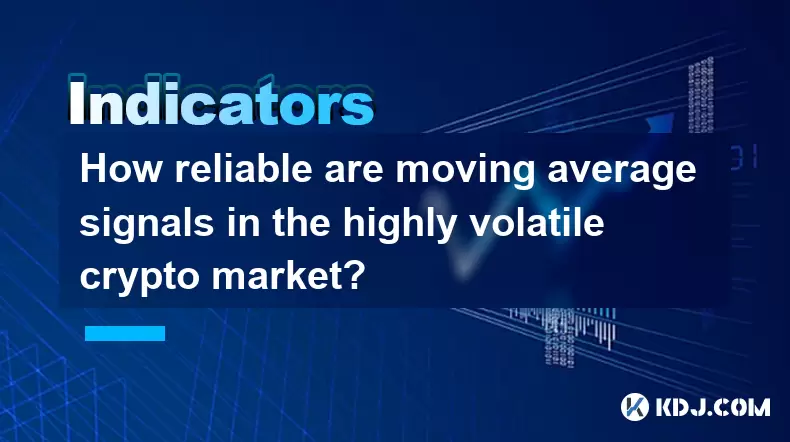
How reliable are moving average signals in the highly volatile crypto market?
Jul 31,2025 at 08:36pm
Understanding Moving Averages in Cryptocurrency TradingMoving averages (MAs) are among the most widely used technical indicators in the cryptocurrency...
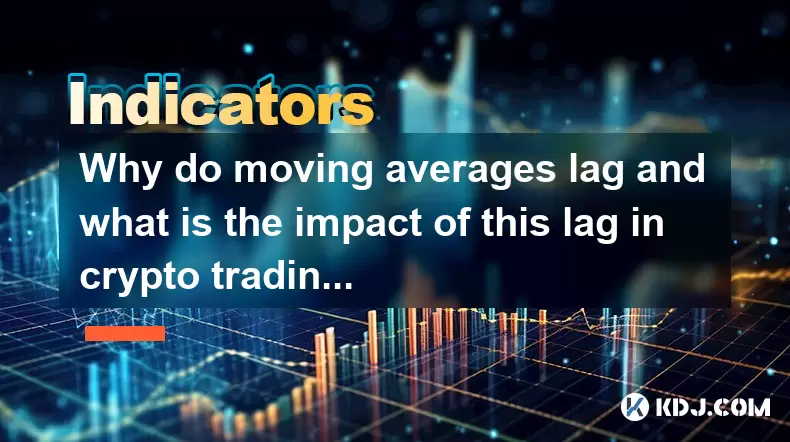
Why do moving averages lag and what is the impact of this lag in crypto trading?
Jul 31,2025 at 08:07pm
Understanding the Concept of Moving Averages in Crypto TradingMoving averages are among the most widely used technical indicators in cryptocurrency tr...
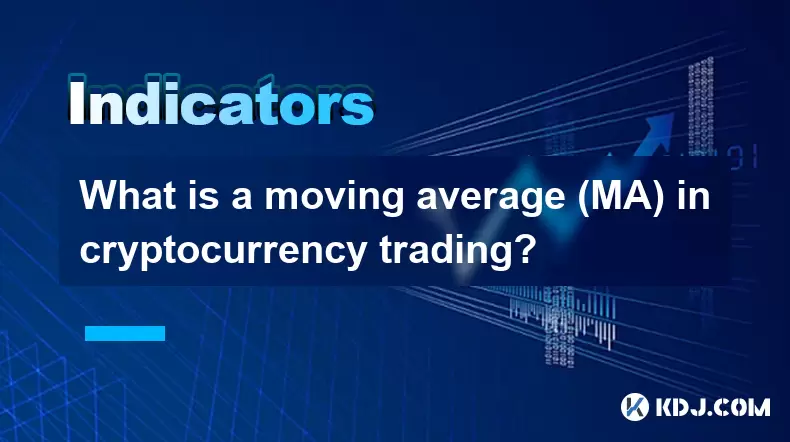
What is a moving average (MA) in cryptocurrency trading?
Jul 31,2025 at 06:30pm
Understanding the Concept of Moving Average (MA)A moving average (MA) is a widely used technical analysis tool in cryptocurrency trading that helps sm...
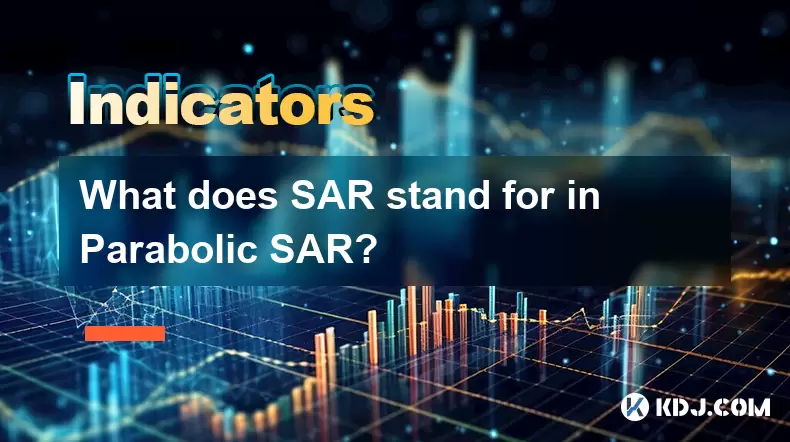
What does SAR stand for in Parabolic SAR?
Jul 31,2025 at 06:49pm
Understanding the Meaning of SAR in Parabolic SARIn the context of technical analysis in the cryptocurrency market, SAR stands for 'Stop and Reverse' ...
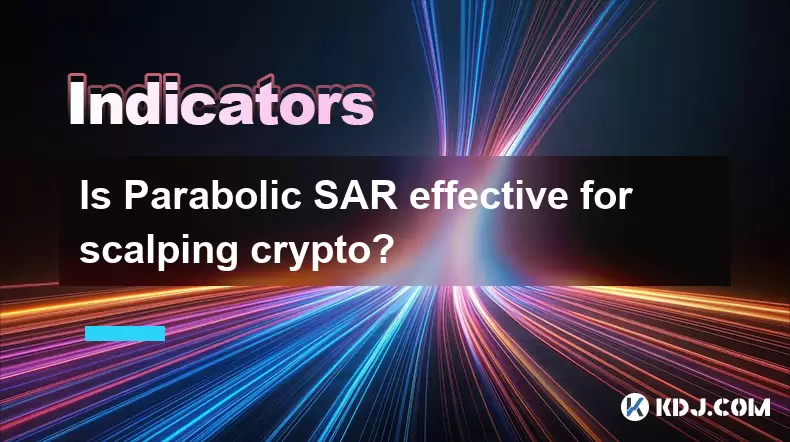
Is Parabolic SAR effective for scalping crypto?
Jul 31,2025 at 08:29pm
Understanding Parabolic SAR in Cryptocurrency TradingThe Parabolic SAR (Stop and Reverse) is a technical indicator developed by J. Welles Wilder, prim...
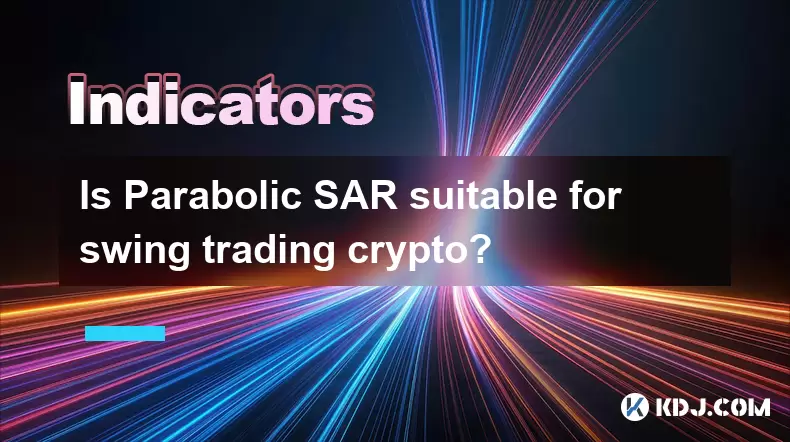
Is Parabolic SAR suitable for swing trading crypto?
Jul 31,2025 at 05:29pm
Understanding Parabolic SAR in Cryptocurrency TradingThe Parabolic SAR (Stop and Reverse) is a technical indicator developed by J. Welles Wilder that ...

How reliable are moving average signals in the highly volatile crypto market?
Jul 31,2025 at 08:36pm
Understanding Moving Averages in Cryptocurrency TradingMoving averages (MAs) are among the most widely used technical indicators in the cryptocurrency...

Why do moving averages lag and what is the impact of this lag in crypto trading?
Jul 31,2025 at 08:07pm
Understanding the Concept of Moving Averages in Crypto TradingMoving averages are among the most widely used technical indicators in cryptocurrency tr...

What is a moving average (MA) in cryptocurrency trading?
Jul 31,2025 at 06:30pm
Understanding the Concept of Moving Average (MA)A moving average (MA) is a widely used technical analysis tool in cryptocurrency trading that helps sm...

What does SAR stand for in Parabolic SAR?
Jul 31,2025 at 06:49pm
Understanding the Meaning of SAR in Parabolic SARIn the context of technical analysis in the cryptocurrency market, SAR stands for 'Stop and Reverse' ...

Is Parabolic SAR effective for scalping crypto?
Jul 31,2025 at 08:29pm
Understanding Parabolic SAR in Cryptocurrency TradingThe Parabolic SAR (Stop and Reverse) is a technical indicator developed by J. Welles Wilder, prim...

Is Parabolic SAR suitable for swing trading crypto?
Jul 31,2025 at 05:29pm
Understanding Parabolic SAR in Cryptocurrency TradingThe Parabolic SAR (Stop and Reverse) is a technical indicator developed by J. Welles Wilder that ...
See all articles

























































































